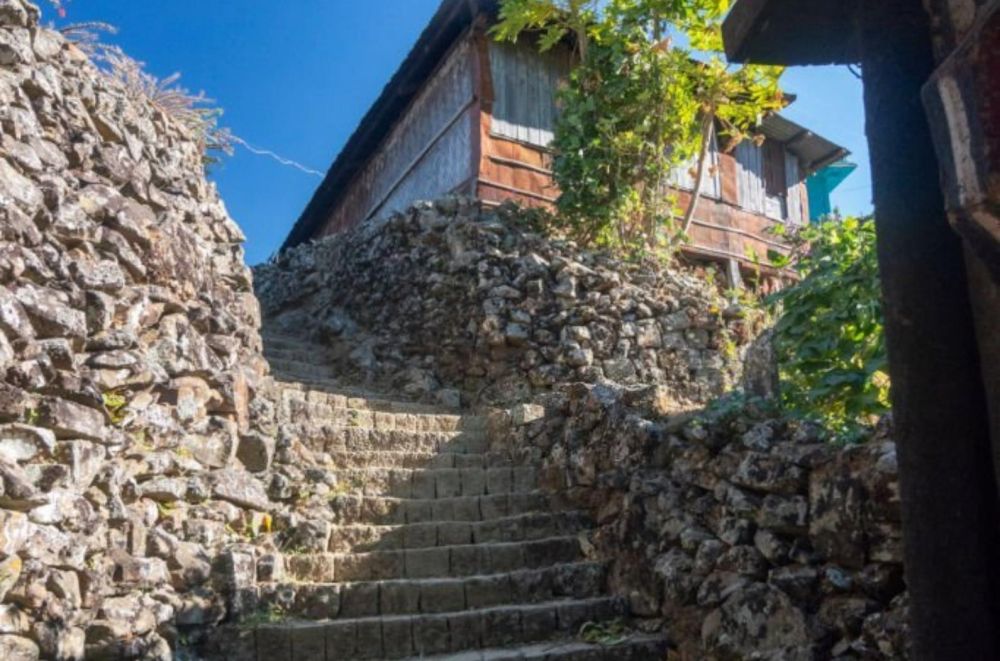

The picturesque village of Khonoma, situated in the Indian state of Nagaland, is acclaimed for its lush greenery, terraced fields, and rich cultural heritage. Located approximately 20 kilometers from the state capital, Kohima, Khonoma is often referred to as the first green village in India, owing to its community-led conservation efforts.
Khonoma Fort, also known as Seyochung, is an emblem of the village's historical legacy and its long-standing spirit of resistance. While the exact age of the fort is not clear, it is believed to date back centuries. The fort is a testament to the martial tradition of the Angami Naga tribe and their valiant effort to defend their homeland against multiple invasions, including those by the British during the colonial era.
Over the years, Khonoma has witnessed numerous battles that have shaped its identity. The fort's strategic location and robust construction made it a formidable stronghold. Significant historical events, including the Anglo-Naga wars of the 19th century, particularly the battle of 1879, are central to the fort's narrative and have drawn attention from historians and tourists alike.
Historically, tourism in Khonoma was limited due to its remote location and accessibility challenges. However, with the growing interest in indigenous cultures and sustainable tourism, Khonoma has seen an increase in visitors. The village's initiative to ban hunting and logging in favor of conservation and eco-tourism has garnered international recognition and inspired tourists to experience its unique lifestyle and natural beauty.
Key Attractions: Nowadays, tourists flock to Khonoma to explore the well-preserved fort, engage with the local community, and witness their distinctive way of life. The village's terraced fields, which are adeptly carved into the hillside using indigenous techniques, never fail to amaze visitors. The annual festivals, particularly the Sekrenyi festival, celebrated by the Angami tribe in February, is an extravagant display of culture that offers a profound glimpse into the traditions of the Naga people.
In recent years, Khonoma has embraced a more sustainable approach to tourism. Visitors are encouraged to participate in community activities and learn about the environmental measures in place, such as water harvesting and afforestation. Homestays have grown in popularity, providing tourists with an immersive experience and a deeper understanding of village life. Such initiatives not only benefit the local economy but also strengthen cultural exchange and conservation efforts.
Eco-Tours and Bird Watching: Eco-tours have become a staple in Khonoma, with guided walks and bird watching excursions highlighting the regions' rich biodiversity. The village is home to rare species of birds and wildlife, which makes it an enticing destination for nature enthusiasts and wildlife photographers.
The future of tourism in Khonoma looks promising with a continued emphasis on sustainable practices and cultural preservation. The village serves as an excellent model of responsible tourism, balancing ecological integrity with cultural vitality. As such, it offers a quaint yet enlightening escape for travelers seeking authenticity and a connection with nature. Enhancements in infrastructure and connectivity, along with the global trend of eco-conscious travel, are likely to bolster Khonoma's profile on the world tourism map.